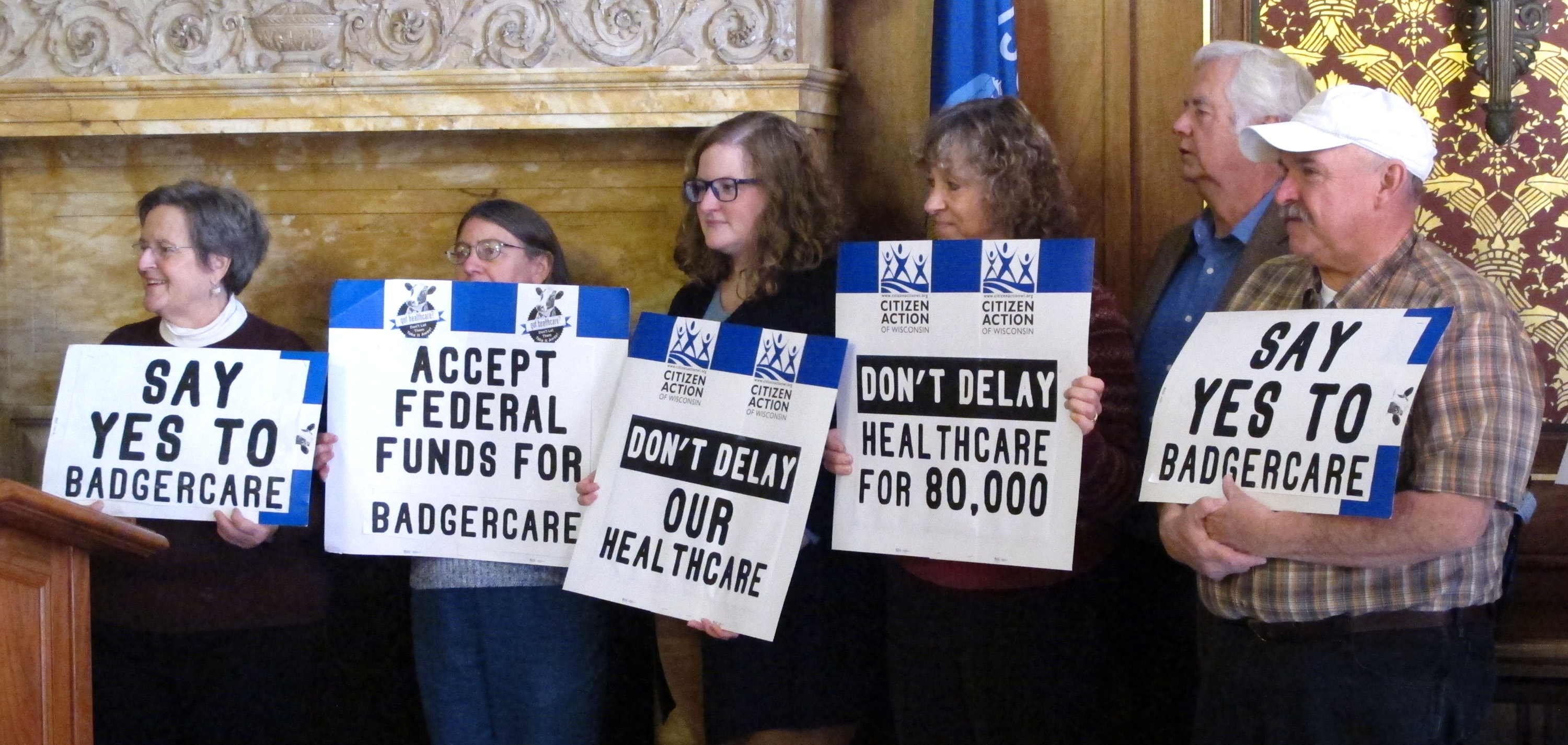
Before HealthCare.gov, the federal health insurance marketplace, was fixed late last month, supporters of the Affordable Care Act looked to the law’s expansion of Medicaid for solace. In October, many more people enrolled in coverage through Medicaid, the federal-state program for the poor, than chose private plans in the health insurance marketplace, the New York Times reported earlier this month.
But the news involving Medicaid isn’t all good.
Last week, I wrote about a public radio reporter in Missouri who is too rich for Medicaid in her state, but too poor for a subsidy to buy private insurance. Missouri is among 25 states that have decided not to expand their Medicaid programs to cover adults with incomes below 138 percent of the federal poverty level ($15,856 for one person), as called for in the act. The Supreme Court gave states the option to refuse the expansion without consequence, even though the federal government has agreed to pick up the entire bill for the first three years.
Some other recent news on the Medicaid front:
USA Today reported Monday that HealthCare.gov “is incorrectly determining that some people are eligible for Medicaid when they clearly are not, leaving them with little chance to get the subsidized insurance they are entitled to as the Dec. 23 deadline for enrollment approaches.”
Here’s what happens, per the paper:
When consumers applying for insurance put their income information into subsidy calculators on HealthCare.gov — the exchange handling insurance sales for 36 states — it tells them how much financial assistance they qualify for or that they are eligible for Medicaid. If it’s the latter, consumers aren’t able to obtain subsidies toward the insurance, although they could buy full-priced plans.
If a consumer is told he or she is eligible for Medicaid, and is actually not, valuable time and perhaps money may be wasted.
The USA Today story follows reports by Politico and The Washington Post about how the federal government isn’t correctly transferring enrollments from HealthCare.gov to Medicaid programs.
“Although Medicaid sign-ups through HealthCare.gov have been considered a rare bright spot in the flawed Obamacare rollout, the federal portal has been unable to send those Medicaid applications to the states for final processing,” Politico reported. “If states can’t receive and complete their work on Medicaid applications by the end of the year, people could go without Medicaid coverage in early 2014 despite having an eligibility determination.”
The solution has been to create to circumvent the system and allow states to “use an incomplete set of data — known as a ‘flat file’ — to enroll people in Medicaid, even though those files lack critical information that states normally use to verify eligibility,” Politico wrote.
The National Association of Medicaid Directors reported Monday that states are seeing an influx of new enrollees and are struggling to keep up. The association’s update said:
Several states (both expansion and non-expansion) reported there is growing concern and questions coming in from some consumers leading up to January 1. Medicaid coverage in all states is retroactive, but applicants are beginning to express some frustration if they have not received more information about their eligibility and enrollment. In states that have opted to expand their Medicaid income eligibility levels, there are many individual applicants who need to be processed and enrolled in Medicaid. Other applicants do not qualify for Medicaid and need to be transferred to the state or federal health insurance marketplace in a timely manner.
Finally, the Commonwealth Fund reported last week that states that chose not to expand Medicaid will be subsidizing the states that do expand. A report prepared by Sherry Glied and Stephanie Ma of New York University found:
By choosing not to participate, Texas, for example, will forgo an estimated $9.58 billion in federal funding in 2022. Taking into account federal taxes paid by Texas residents, the net cost to taxpayers in the state in 2022 will be more than $9.2 billion. Similarly, Florida’s decision to not participate will cost its taxpayers more than $5 billion in 2022. In Georgia, the state will forgo $4.9 billion in federal funding without the expansion of Medicaid, and in turn, $2.8 billion will flow out of the state in 2022. In other states, the costs of not participating will be lower. In South Dakota and Wyoming, for instance, taxpayers will face a net cost of $224 million and $166 million in 2022, respectively.
Look up what your state is doing here.

